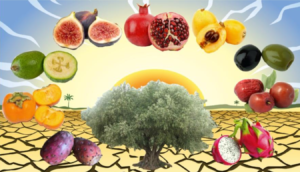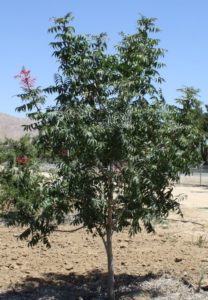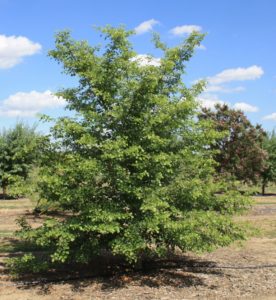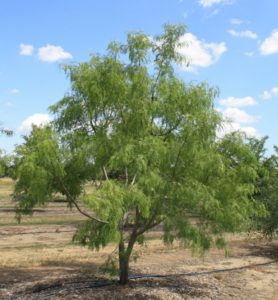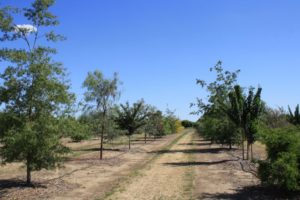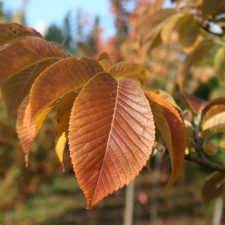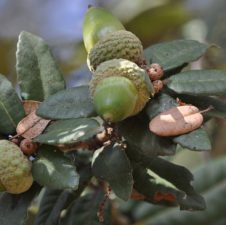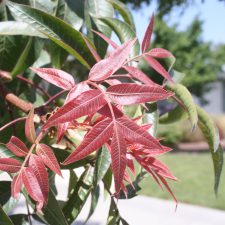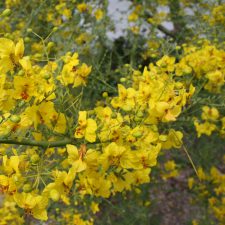From the Greater Los Angeles County Vector Control District
Buzzword Blog
You may have noticed all the media coverage recently about the Aedes sierrensis mosquito, which is more commonly known as the Western Treehole Mosquito.
This mosquito species can typically be found in California’s foothills and mountains, but a neighboring mosquito control district in San Gabriel Valley recently discovered heightened Western Treehole Mosquito numbers in their surveillance traps, triggering some concern among pet owners.
Although it is unclear what exactly caused the population upsurge, this year’s El Niño weather conditions of extra rainfall may have been a contributing factor. Particularly if you own a dog or a cat, be on the lookout for Western Treehole Mosquitoes this summer.
This nasty little pest is a frequent carrier of canine and feline heartworm which can be passed on to unsuspecting pets during blood feeding. This daytime biter is known by its colloquial moniker because it lays eggs and spends the immature stages of its life cycle in rotted wood and holes of trees. The female mosquito may also deposit her eggs in cavities or pockets between tree limbs and root systems that can hold rain or excess water. The eggs can stay dormant for years until water fills the tree holes and the eggs hatch.
It is important to keep in mind that Western Treehole Mosquitoes are day biters and to protect yourself and your pets accordingly. Also, these pests prefer to feed on their victims in shaded areas. Despite being persistent human and animal biters, they are currently not known to transmit disease to humans. Western Treehole Mosquitoes can be identified by their dark color, pointed abdomen, and white stripes on their backs and hind legs. They are generally half the size of other mosquitoes commonly found in the region. Adults typically occur from February through June. Summer broods are possible following abnormal rainfall.
As mentioned earlier, these mosquitoes pose a threat to dogs since canine heartworm can be spread through the bite of an infected female mosquito. It takes approximately seven months for the heartworm larvae to mature into adults once the dog is bitten. Adult heartworms adhere to dogs’ hearts, lungs and surrounding blood vessels, where they continue to reproduce. These adult heartworms can grow up to twelve inches long, and can live from five to seven years. Usually, your pet will not exhibit outward symptoms of the disease until the condition becomes more serious. Advanced symptoms include rapid tiring, shortness of breath, chronic dry cough, listlessness and weight loss.
Heartworm cannot be passed directly between mammals and can only be transmitted by an infected mosquito. A dog is, however, a reservoir host for the disease. If a mosquito bites an infected dog, that mosquito can acquire the parasite in its blood meal and possibly infect other dogs or animals. While dogs are most susceptible to heartworm, cats and wild animals, such as coyotes, can also be infected. Preventative medicines for animals are available. Blood tests can be conducted to identify the presence of heartworm in both the larval and adult stages. Consult a veterinarian for more information or treatment options. You can protect your pets from potentially harmful mosquitoes and the diseases and parasites they carry through proactive mosquito prevention. Eliminate standing water around your home and report problem sites. By working together as a community, we can help protect our pets, our family, and ourselves from mosquito-transmitted diseases.

 Photo by azarius/Flickr CC
Photo by azarius/Flickr CC The distribution of invasive Aedes mosquitoes in Southern California, as of Aug. 3, 2018. (Courtesy California Department of Public Health)
The distribution of invasive Aedes mosquitoes in Southern California, as of Aug. 3, 2018. (Courtesy California Department of Public Health)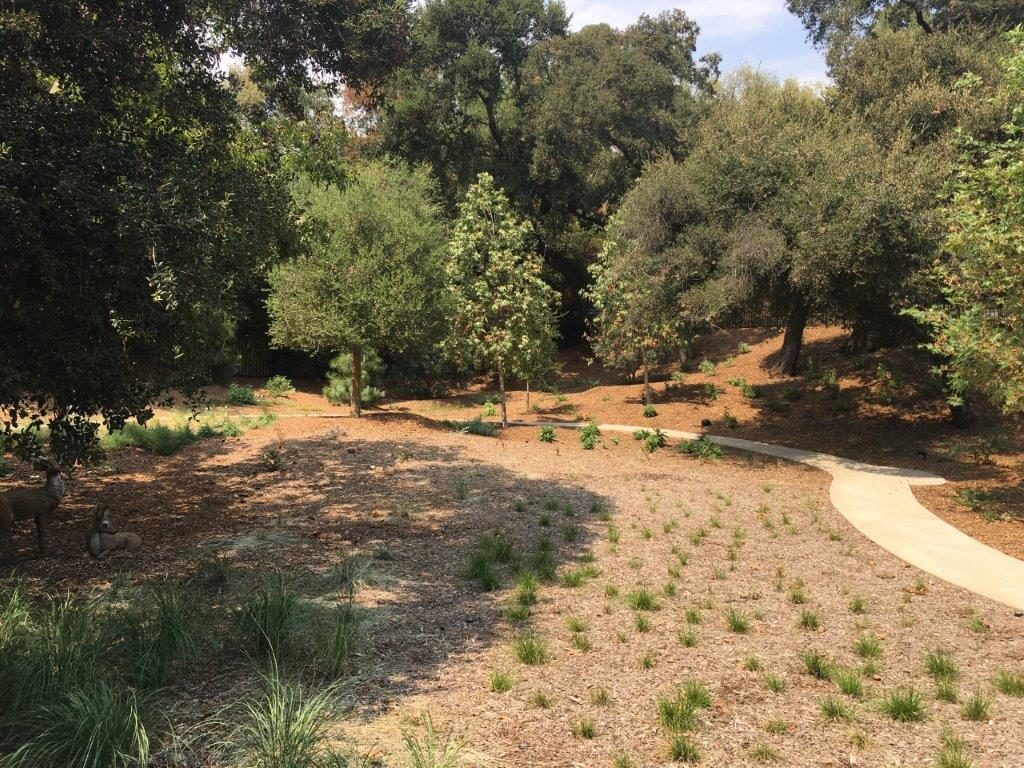
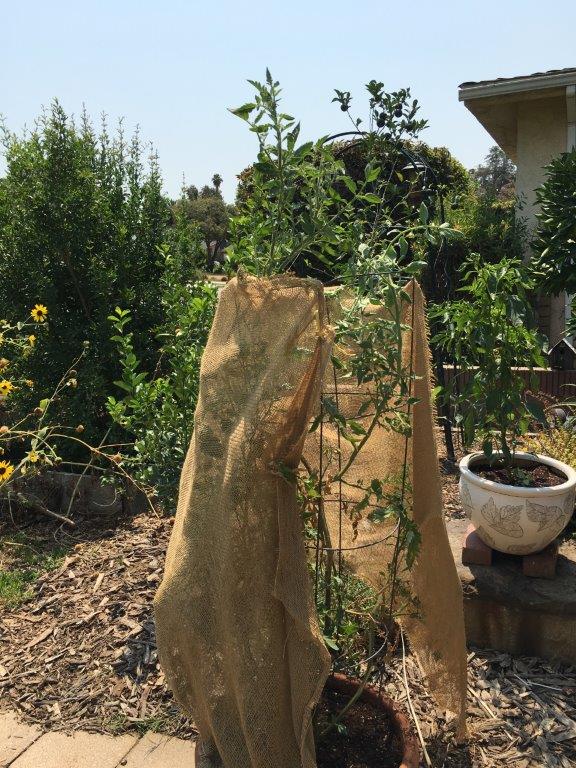
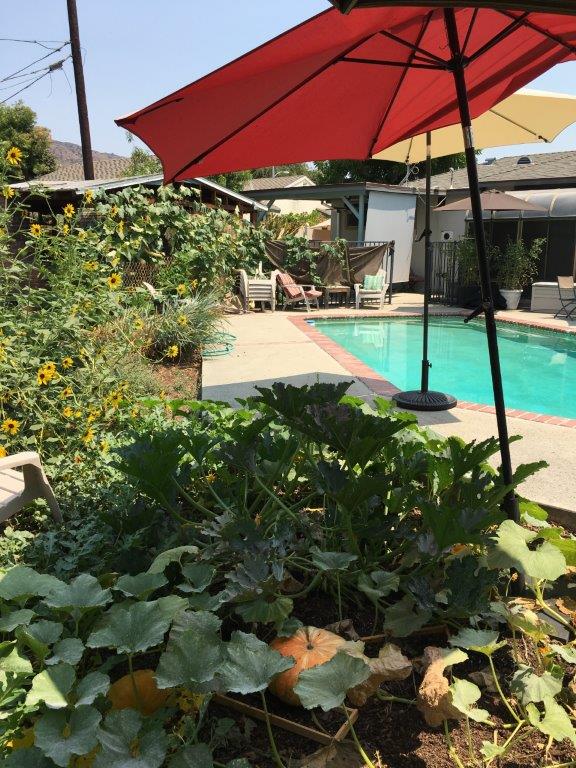
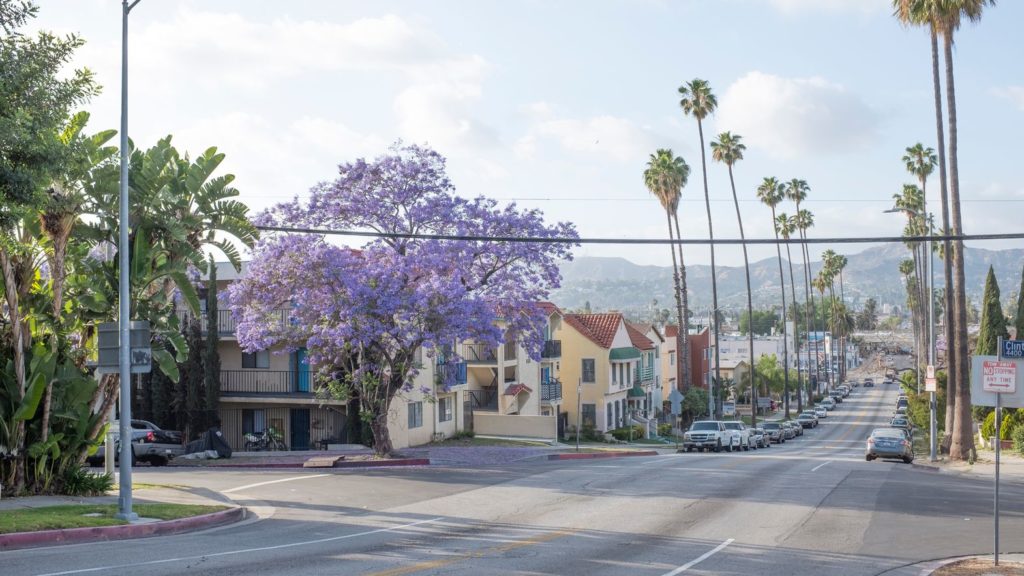
/cdn.vox-cdn.com/uploads/chorus_asset/file/11488971/GettyImages_84543459.jpg)
